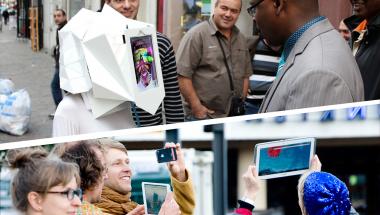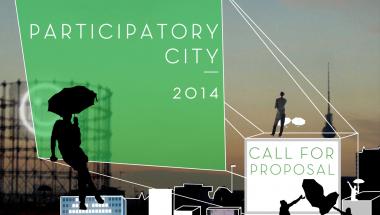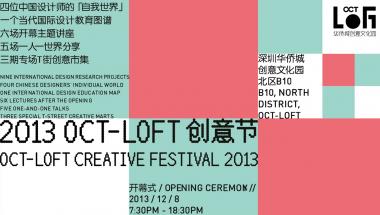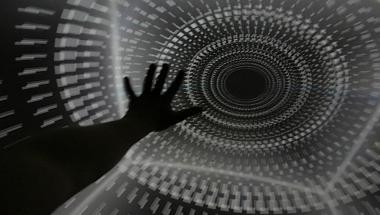Connecting Cities @ MAB
19 - 22 November 2014 Connecting Citites will attend the Media Architecture Biennale in Aarhus, Denmark.
Architects, designers and artists meet with academia and industry, when the world’s premier media architecture event takes place on 19-22 November in Aarhus, Denmark, with a pre-event in Copenhagen. Across professions and nationalities, participants will create and discuss the media architecture of the future. And they will investigate how media architecture shapes people’s lives in the cities of the world.
The biennale brings together people and organisations that work with media and the built environment: With media facades, with urban screens and with buildings that communicate – be it with colourful LEDs, flashing light bulbs, or with heat-sensitive concrete that ’freezes’ the shadows of passers-by.
During the MAB curators from the CC Network will join the Round Table 'World City Cultural Producers‘, which will take place on 20 November 13-16.30h. Find the public program here: http://mab14.mediaarchitecture.org/programme/ In this Round Table event architects will meet with cultural producers, to present respectively the bottom up and the bottom down development of the worlds city culture.
At MAB the CC Network will meet internally for the CC curatorial meeting, discussing the CC artists’ selection for the IN/VISIBLE CITY 2015. The call is still open until 31 October 2014 http://www.connectingcities.net/news/call-proposal-visible-city-2015
At MAB Connecting Cities proudly presents three CC Projects:
G-Frame by The Constitute
G-Frame allows participants to engage with urban facades via the medium of digital drawing. This project allows one to be a graffiti artist in the most constructive way, without destroying the natural beauty of the facades in various cities across the Connecting Cities network.
A digitally augmented frame, along with projections on the side of a building (or a media façade) allow passers-by to use their hands to create communal works of art. Using fingers, palms and gestures as painting tools, and the frame as a canvas, participants can create an internationally networked artwork together using light, colour, and hacked technology.
Urban Alphabet by Suse Miessner
The idea of the Urban Alphabets project is to show inhabitants and tourists of a particular city how special and unique that city is. Using the Urban Alphabets smartphone app, participants make up their own version of their city’s alphabet. At the same time all letters are geo-tagged and uploaded to the project website (www.ualphabets.com). All letters from the city are used to generate the city’s custom alphabet, which is then displayed on the website. The project uses smartphones, the website, media facades, and tablets to allow participants to play with the language they have created, even allowing them to construct messages with their own alphabet, called Urban Postcards
Entangled Sparks (LinzerSchnitte) by Ars Electronica Futurelab
Entangled Sparks is a programme that allows people to take a “pixel” of a media facade home in the shape of a ‘LinzerSchnitte’, a low-cost programmable FM broadcast receiver board. They can take the pixel anywhere in the city, and take over “godparenthood” for it.
This is comparable with the phenomenon of quantum entanglement, in which a particle shares certain properties with an inseparable counterpart. Here, a part of the facade is mapped to a single mobile pixel and vice versa; the building is extruded into the city and the city implodes into the building.
Owners of a pixel can coordinate with their friends in order to program their LinzerSchnitte devices to activate synchronously. The facade dissolves by means of participation: It becomes a transparent membrane and is no longer the outside of a cubature.
Pixels can blink, light up, fade, or do something completely unrelated to light; anything that can be controlled with a switch. Anything that can be “sparked” with electricity is possible. When a device is activated, its “entangled pixel” on the facade lights up.
The concept works according to aesthetical criteria as soon as the social criteria are fulfilled, i.e. if neighbourhoods collaborate. It also works as social reflection by visualizing where social co-operation is successful: A reflection of the city, visualized on the facade.
On top of all of this the CC Project Human Beeing is nominated for the Media Architecture Biennale award 2014 in the category spatial media art.
Photo by Lars Kruse, AU Kommunikation





